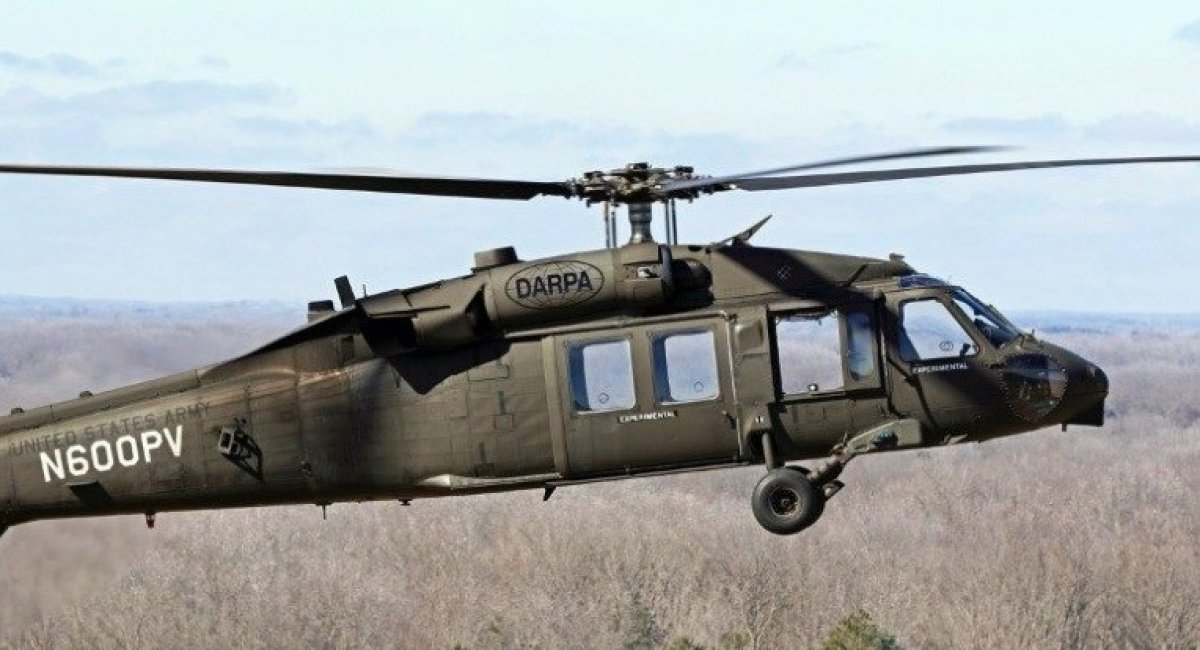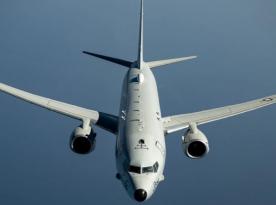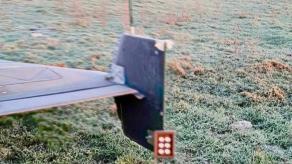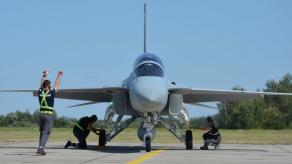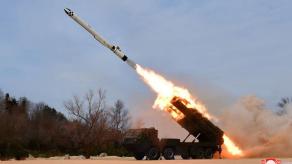Sikorsky, a Lockheed Martin company, completed 30-minutes of uninhabited flight with the optionally piloted vehicle (OPV) over the U.S. Army installation at Fort Campbell, Kentucky on February 5th. An additional uninhabited flight was also conducted on February 7th – DARPA Public Affairs reports.
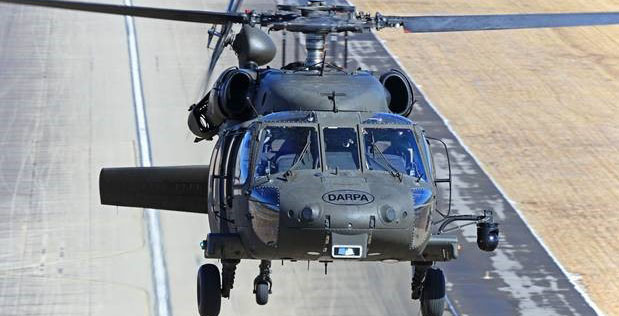
The Black Hawk was retrofitted with Sikorsky MATRIX™ autonomy technologies that form the core of ALIAS and can change the way aviators and air crews execute their missions by providing assistance when flying with limited visibility or without communications.
Read more: Weaponry Received by Ukraine from US and EU Allies Explained
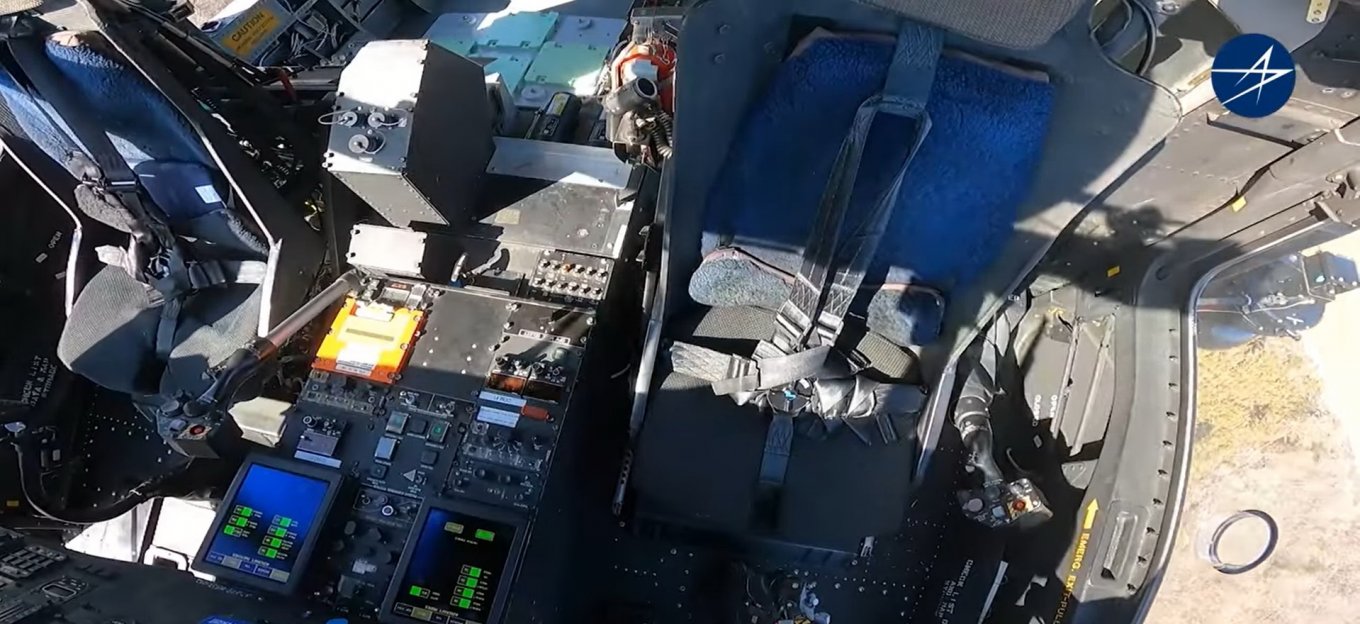
ALIAS is a flexible, extensible automation architecture for existing manned aircraft that enables safe reduced crew operations, which facilitates the addition of high levels of automation into existing aircraft. It also provides a platform for integrating additional automation or autonomy capabilities tailored for specific missions.
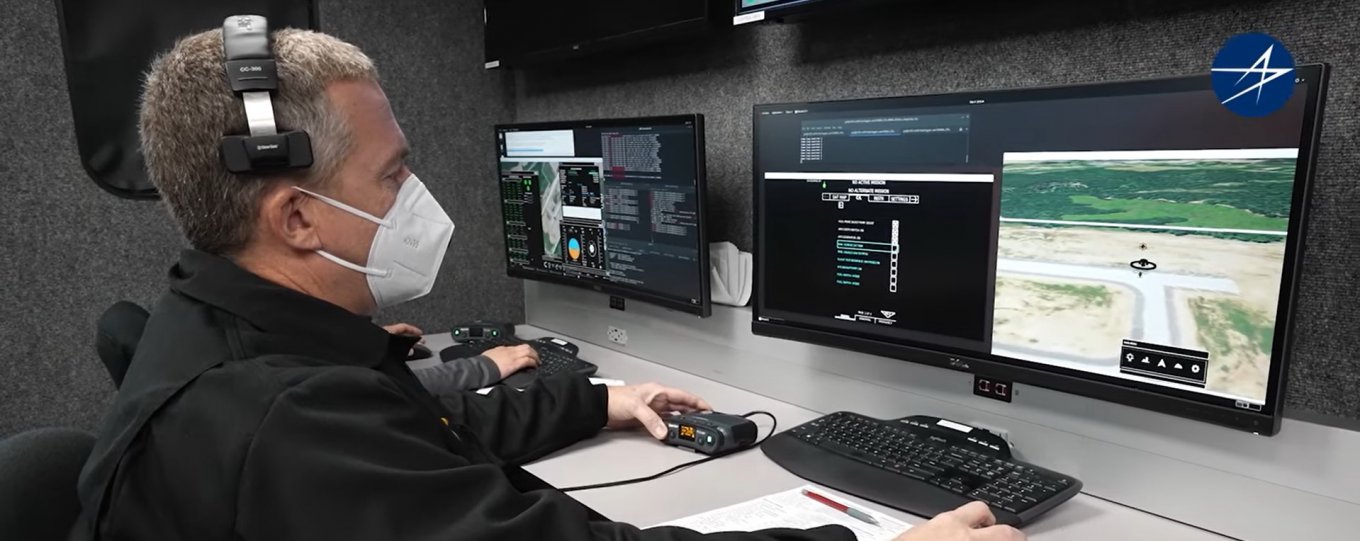
The UH-60A Black Hawk helicopter, identifiable by DARPA’s logo and tail number N60-OPV, took off with no crew onboard to show ALIAS ability to adapt to various mission environments. The uninhabited Black Hawk navigated at typical speed and altitude through a simulated cityscape, avoiding imagined buildings while re-planning in real-time. All the while, onboard sensor simulation provides real-time obstacle data.
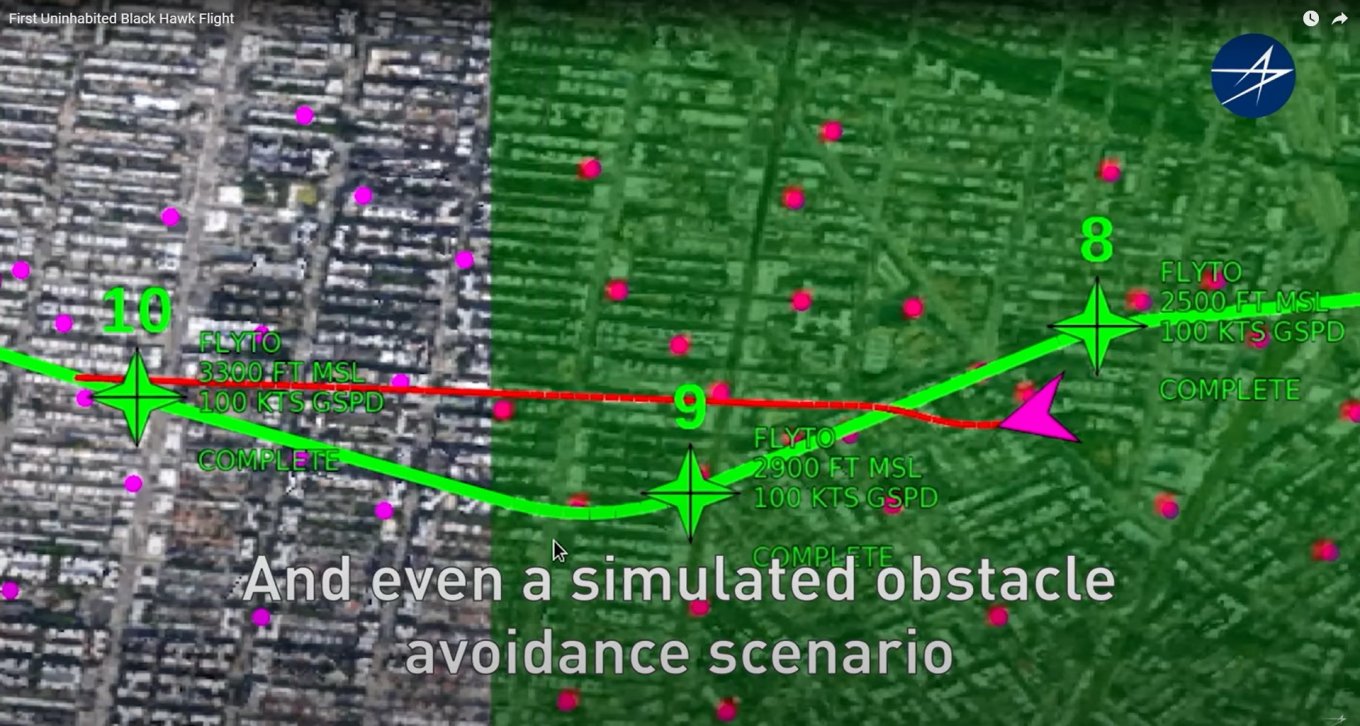
This flight marks the first time a UH-60 has flown autonomously and builds on recent demonstrations at the U.S. Army’s Project Convergence 2021. It illustrates how ALIAS-enabled aircraft can help soldiers successfully execute complex missions with selectable levels of autonomy.
“With reduced workloads pilots can focus on mission management instead of the mechanics,” said Stuart Young, program manager in DARPA’s Tactical Technology Office. “This unique combination of autonomy software and hardware will make flying both smarter and safer.”
The ALIAS program has leveraged the considerable advances in aircraft automation systems over the past 50 years, as well as similar advances in remotely piloted aircraft. Even in today’s most automated aircraft, pilots must still manage complex interfaces and respond to unexpected situations.
ALIAS aims to support execution of an entire mission from takeoff to landing, including autonomously handling contingency events such as aircraft system failures. Easy-to-use interfaces facilitate supervisor-ALIAS interaction.
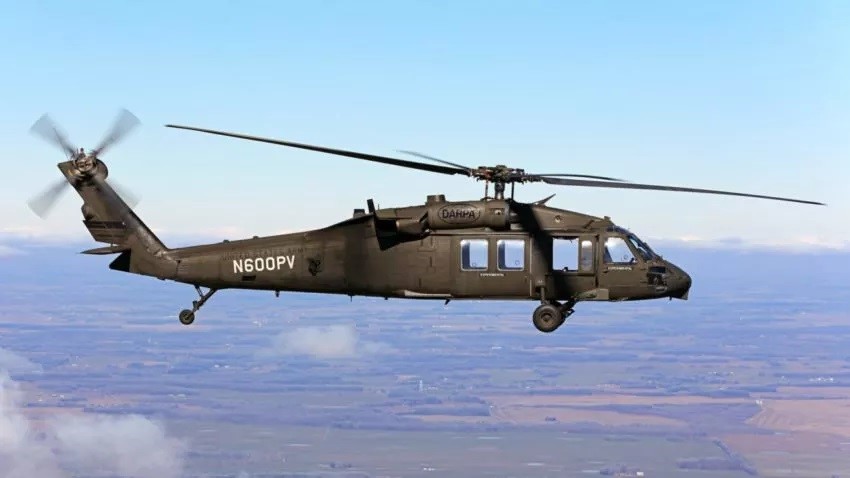
“With ALIAS, the Army will have much more operational flexibility,” said Young. “This includes the ability to operate aircraft at all times of the day or night, with and without pilots, and in a variety of difficult conditions, such as contested, congested, and degraded visual environments.”
The Army is currently exploring potential use cases for technologies such as ALIAS, including those outlined in the U.S. Army’s Future Vertical Lift (FVL) program.
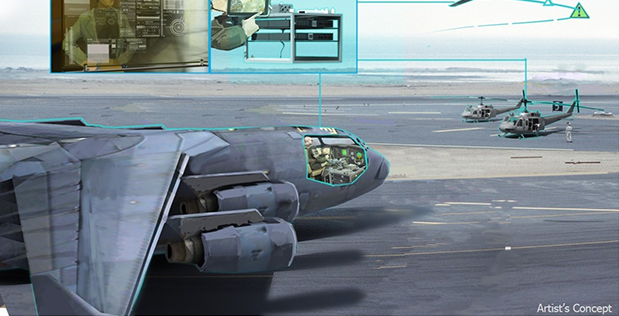
Within the next month, the ALIAS program plans to conduct the first flight of a fly-by-wire M-model Black Hawk at Fort Eustis, Virginia.
As Defense Express reported Ukrain's border guards aviation squadron in Kharkiv had got new Airbus H125 helicopters.
Read more: Barrett M82: the Gold Standard of Sniper Rifles and One of the Weaponry Countering Russian Forces in Ukraine



